1 / 4
News
FIA Friday press conference - China
Team representatives - Yasuhisa Arai (Honda), Andrew Green (Force India), James Key (Toro Rosso), Paul Monaghan (Red Bull Racing), James Allison (Ferrari), Pat Symonds (Williams)
PRESS CONFERENCE
Q: If I may start with you Arai-san: How would you characterise the past three months and also how tough has the start of this new F1 adventure for Honda been?
Yasuhisa Arai: First of all, it has been very tough, but invigorating. We are always [ready for a] challenge, the challenge being that we are always looking for our progress and [to] succeed, so it has been a very good first three months.
Q: Can you quantify the progress that has been made over the past couple of months and especially since Australia? How much closer are you now to the performance goals you set out for this year?
YA: So, as you know, we did not run so much in the winter tests but as you know we already progressed race by race, step by step. In Australia we ran 56 laps and also in Malaysia the gap was less than two seconds and today there is much progress and I hope that [continues] race by race and step by step for the future.
Q: Moving to you James Allison: how important has the win in Malaysia been for Ferrari, not just in terms of a short-term boost in confidence but also in validating the package and the engineering route you are taking?
James Allison: I think the main thing it does… well, it makes everybody happy of course, but the main effect it does have is boosting everyone's confidence. The team has had a difficult period over the past couple of years and to score a win was tremendously enjoyable and helps pump everyone up and makes it easier to work the hours that they need to work before we can close up and be properly competitive in every race.
Q: And the engineering?
JA: Well, the stopwatch always tells you what you need to know engineering-wise and of course to finish at the front in a race is a great thing but it doesn't tell you much about what's going to happen in the future.
Q: Yesterday's Sebastian said that “for here and for the next races it's important to know what we want to achieve”. What is the level that Ferrari can achieve? Is fighting for the title something achievable or are you just going back to these two or three wins that Maurizio Arrivabene set at the beginning of the season?
JA: I think that we're up against a car, in Mercedes, and others too, that are strong competition. But Mercedes in particular, they have a bit more horsepower than us and a bit more downforce than us and until we've closed those two gaps it's not realistic to talk about title challenges. Our objectives were set out at the beginning of the year, we thought it was realistic to score a couple of wins and of course we'll take whatever comes our way and we'll do our best to make our car close up as much as we can and who knows what after that during the course of the year, but I think that sticking with the objectives we stated at the beginning of this year is still realistic.
Q: Thank you very much. Coming you Paul: history shows that Red Bulls cars have progressed relative to the competition throughout every specific season. Is what we're seeing now another example of that or are there deeper problems at the moment?
Paul Monaghan: If you look back in the short term, [in the] Australia race we had a few stumbles but one car finished; Malaysia wasn't our finest hour, we made a couple of small mistakes that cost us dearly. Here we'll correct those and start to see where we sit in the pecking order. As James has alluded to, we've all got a development race to have. The bar is set and we've all got to try to reach that bar, so we'll develop as quickly as we can, work as hard as we can and see where we get to.
Q: What are the major areas the team is focusing on with the chassis at the moment?
PM: The team is focusing on what it perceives as its weakness, you'll have to ask the others what they perceive as their weaknesses. As James has alluded to, we probably lack a little bit of downforce compared to some of the others, so we'll chase the aerodynamic performance of the car but how we chase that is our business.
Q: Thank you very much. Moving onto James Key this time. We've spoken about Ferrari's progress this year, but also Toro Rosso has made an impressive start to the season. Is this something that is a specific development, has any particular development allowed that, or is it just a continuation of what we saw last year from Toro Rosso.
James Key: It's a mix of both really. We've had a kind of three-year plan really of trying to get the team from A to B, and A was where it was a couple of years back, which is not where we wanted it to be, and B is next year I suppose, so we're in the middle of that process and we'll have to see how we go, but through that, in the background, we've been doing a lot of work in how we go about the design process, building the team up and improving the facilities and so on and I think that probably this car is the first one that has been designed in the way I hoped we could design at STR and develop. Some of that was in last year's car for sure but not everything. It takes a while to get these things sorted out, so we're beginning to see a little bit of the fruits of our labours, but it's not finished yet. We made a good step on the aero side I have to say over the winter, a really good step, the guys did a good job and there's plenty more to do. So it's work in progress still I think.
Q: How impressed have you been by the two drivers, the so-called inexperienced [drivers]?
JK: Yeah, you wouldn't know it, looking at some of what they've done actually. They've done really well. I think it's a very exciting driver line-up for us. Again, it shows how much strength there is in the Red Bull programme to have the guys we have in Max and Carlos. They're both doing a very good job. For Carlos to do two stops… Max was the headline in a way, because he did a lot of the action on the track for us, but for Carlos to do two stops last weekend in those hot conditions was the mark of someone who you wouldn't think is in their second race. And for Max to do what he did after issues the day before was also extremely good. I think for them their preparation has been good, we gave them as many miles as we could in winter testing and so far we've been extremely happy with them.
Q: We've heard a lot about the introduction of a ‘B-spec' car for Austria – what exactly does that mean in comparison to the upgrades you would bring on a race-by-race basis?
Andrew Green: Yeah, there's been a lot of talk about that. In reality, we knew the beginning of the season was going to be quite difficult. It's well known we moved to a new tunnel testing facility at the beginning of the year and we're in the process now of re-correlating and understanding where we stand relative to the tunnel testing. In the background there's an awful lot going on and the guys back at the factory are working very hard at putting together new packages to bring to the circuit. They will come along when they're ready. There's a lot of hoops that have to be jumped through and a lot of green lights have to be set for those parts to come to the track. It's difficult for me to sit here now and say when and what is going to turn up. Those are the sort of decisions that we make internally and we'll discuss those internally. They'll turn up when they're ready. They won't turn up a day earlier than that.
Q: Alongside an upgrade of major significance, is there also a plan of bringing smaller updates in the interim?
AG: Absolutely. And we've done that since we started. There were updates here, there were updates at the last race. That will continue. Our process of learning never stops, so yeah, that's the normal process that we – and everyone else – goes through.
Q: Coming to you Pat, have the first two races been truly representative of where Williams stands at the moment – or is there a lot more to come?
Pat Symonds: I think there's a fair bit more to come. Obviously in Australia our biggest handicap was only having one car entered because of the problems Valtteri had with his back. Y'know, that takes a big hit in your total points for the year. We're in a tough competition now, Ferrari have moved on a long way and we wish to fight them – and we will continue to fight them. So, I think that the first two races, they weren't great for us. That said, we've come away from them with half as many points again as we scored in those first two races last year. But if you look historically, over the last five years, to finish second in the championship, you need to be scoring 22.2 points per race. To finish third, you need 18.6 – so we're a little bit behind the curve at the moment but I hope we can catch up on it.
Q: What are you unhappy with on the car at the moment? Which area needs addressing most urgently?
PS: This is going to sound like a repetitive answer but it's more downforce. That's what makes these cars go so quickly. In terms of our power unit, we're pretty happy with things. I think all the Mercedes customers are – so we need to keep working on the downforce and that will allow us to challenge harder to James and the others.
1 / 4
QUESTIONS FROM THE FLOOR
Q: (Kate Walker – motorsport.com) I've got a question for Pat and for James Allison. You've both taken over roles that involve taking once front-running teams and restoring them to where they should belong but over the course of your careers the roll of technical director seems to have moved into a sort-of psychological… you have to do psychological man-management, you have to improve morale, change your working culture rather than sit at sketch board with a pencil. How has that role evolved in your experience – and how have you acquired the necessary skills to motivate people rather than design bits of kit?
PS: Well I worked with James and I've obviously motivated him far too well because he's beating me now! You're right, these are very big racing teams now and when I started in Formula One they were much smaller. You were much more a jack-of-all-trades. You did a lot more hands-on design etcetera. When the teams get up to the size they are now, in our case over 500 people, some others bigger than that, you do have to manage them well: you have to motivate people, you have to organise people. You have to use your budgets wisely; you have to make intelligent decisions as to where you're going to develop the car. You can't go in every direction; you can't hit things with a scattergun approach. So, yeah, I guess I spend more of my day these days in that sort of role than I do in the good, old-fashioned engineering. But I still have a passion for engineering. I attend every design review that we have. I get involved. But, no, it'll be a long while before you see me on a CAD station, I think.
James?
JA: I'd echo much of what Pat says. I think, although the sport has changed in the direction that Pat suggests, I think it depends a lot on the individual. I suspect if Adrian were sitting here he would tell you he spends a lot of his time at the drawing board – Paul might be able to confirm it – and has a very direct influence of exactly what goes on his cars. But everyone works differently. I spent quite a lot of time working for Ross Brawn. I was lucky enough to spend a fair amount of time working for Ross and saw in him a technical manager who didn't try to involve himself in the minutiae but was very skilful at picking people for key rolls, for allocating the resources that the team had in a way that was likely to bring most performance for the least spend, and was good about leaving people space to work in and not micro-managing them – but equally was ready to step in if he saw things going wrong. That was a tremendous lesson, working under a guy like that. I try to make my own pale reflection of the way I saw him work – but honestly, whether a team is good or not depends massively more than who the technical director is. The team has to have strong people across the board – from the team principal and the board of the team right the way down to the machinists that are making the parts. There are so many components of a Formula One team and you can have no weak link otherwise nothing works.
Q: (Dieter Rencken – Racing Lines) To all except Arai-san, there's been a lot of talk recently about banning wind tunnels, concentrating on CFD, possibly going as far as common chips, standardised chip sets. Seeing this has been discussed, how do you all feel about it, and seeing as it was mainly sparked off by Christian Horner, could I ask Paul to start please?
PM: It's a proposal which has been originated in Red Bull. I think, at the moment, it moves to a strategy group to decide whether they want the sport to go in that direction. If it comes down from the strategy group, then much more of the technical detail can be resolved once we have a mandate to do so - or if we don't, and at the moment, I wouldn't want to say any more than that.
JA: I think Dieter knows my opinion on this, because we've discussed it before. I don't think it's the best direction for us to take as a sport. We do our best as teams to take our technical budgets and turn them into lap time. Aerodynamics are a huge part of the performance of your car and you need to be confident when you're spending that budget that you're going to deliver to your investors and your team the performance that you hoped you would do. At the moment, you wouldn't find too many engineers who work in aerodynamics of any hue, who would recommend developing the type of thing we've got, using just CFD. It's just too error-prone and you need to have the wind tunnel to keep dragging you back to reality and without that, you are at very high risk of spending your investors' money foolishly and not delivering a car with the performance you thought you would have. That doesn't really save any money or do anyone in the sport any good so I don't think it's the right direction.
PS: Yeah, I disagree with the proposal to ban wind tunnels. I think some of the restrictions we've put in place over the last few years have been quite sensible in terms of saving money and actually forcing us into being more efficient. I think that Formula One has contributed an awful lot to the improvements we've seen in CFD and I think that's something that has gone on and benefitted a lot of different areas of society. So I think we are doing quite a good social... we have social responsibility in what we do. But I think the same applies with the wind tunnel and in fact not that long ago I was doing some work with one of the top major motor manufacturers, showing them how they could use their wind tunnels better on production road cars to decrease drag, increase fuel economy etc. It's techniques that I think we develop in Formula One that are actually quite useful in other areas. We've invested a lot of money in wind tunnels, we've invested a lot of money in CFD – it's not as cheap as some people might think. I think we have quite a good balance at the moment and I'm pretty happy with the way things are.
JK: I think every team will have a take on this, depending on their strengths and weaknesses, wind tunnels and CFD, but I suppose from my side, it's really see what the strategy group decides and work on it accordingly.
AG: Force India are always looking to be more efficient and save money so it's an interesting discussion but it's probably going to be a discussion that's way above my pay scale.
Q: (Kate Walker – motorsport.com) To follow up on that question, the other week we had Bob Fernley saying something along the lines of the fact that F1 is supposed to be technologically forward and that wind tunnels were almost the dinosaur technology and that we needed to be more revolutionary and take more forward steps. Do you guys agree with that at all or is the wind tunnel too vital to your programmes, that you would like to retain it in some capacity?
PM: I suppose in our current format of working we're dependant on the wind tunnel. If the format of our work changes and the wind tunnel is removed as a tool, we will find a way to work in the next environment. You adapt and that's what we do. When rule changes come along, we adapt to those. If this is a rule change that's invoked we'll learn how to work with it. It's a different way of competing with our opposition.
JA: Well, I think if anyone were to come and see inside any of our teams, I don't think they would regard the aerodynamics department – which is a mixture of CFD and wind tunnel – is in any way not forward looking. As Pat was saying, the techniques we develop in both those spheres, in both wind tunnel and CFD, are impressive by any measure. We, as an industry, have caused the CFD tools for low speed aerodynamics to be pushed forward very nicely to the benefit of more than just Formula One so I don't think there's any need to worry about us using dinosaur technology. I just think it is the right combination of tools with technology as it stands today.
PS: I think it's a clearly ridiculous provocative statement. Our wind tunnels are anything but dinosaurs. Just because a technology has been around for a while doesn't mean that it joins those reptiles of old. Cars have been around for a long while. Are cars dinosaur technology? Maybe Bob ought to come and have a look at a decent wind tunnel and just see how technically advanced they are.
JK: Paul is right: you do adapt to stuff if you need to accordingly. There's always that need if a rule changes but equally, wind tunnels are still developing, they're not static. There's new methods, there's new ways of measuring stuff, there's new ideas to make the most of them. As it stands today – and this is how everyone works – you've definitely got a split between how CFD complements wind tunnel and the other way round. There's stuff in CFD you can do which you couldn't do in a wind tunnel and it's the same in reverse so they complement each other very well. And to just take one of them in isolation right now for any team, if you had to do it tomorrow, would be quite tricky, so I don't agree with Bob's view.
AG: I think Bob was trying to provoke a debate and he's done that, for sure. It's difficult for me to comment any further than what Paul suggested, that we'll work around or work within the regulations as they're written. If it means that it's a CFD-based development, then we'll work to it.
YOU MIGHT ALSO LIKE
News Russell identifies team who look ‘by far’ the strongest going into 2025 season
News Aston Martin insist they will ‘harness’ and ‘not stifle’ Newey’s creativity in new technical role
News Piastri agrees new multi-year contract extension with McLaren
Feature DRIVER MARKET: Who could get a seat on the 2026 grid with F1’s newest team Cadillac?

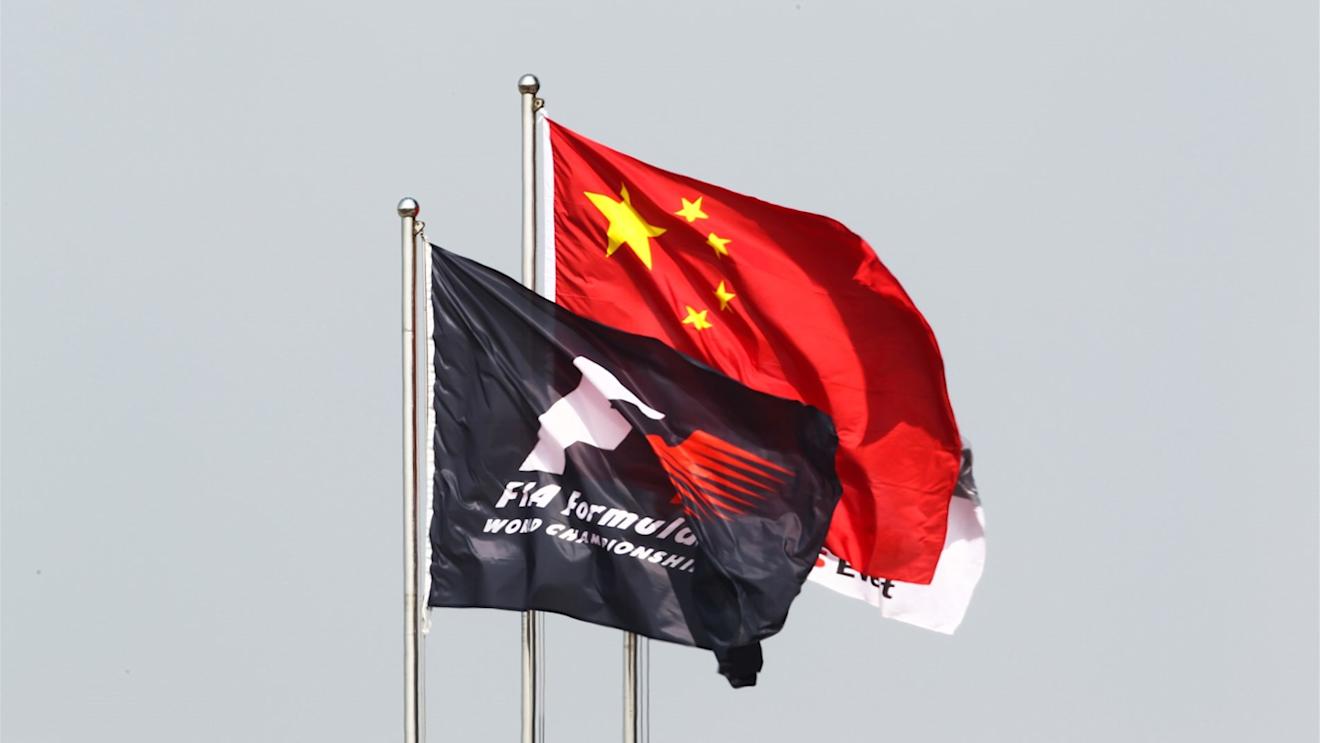
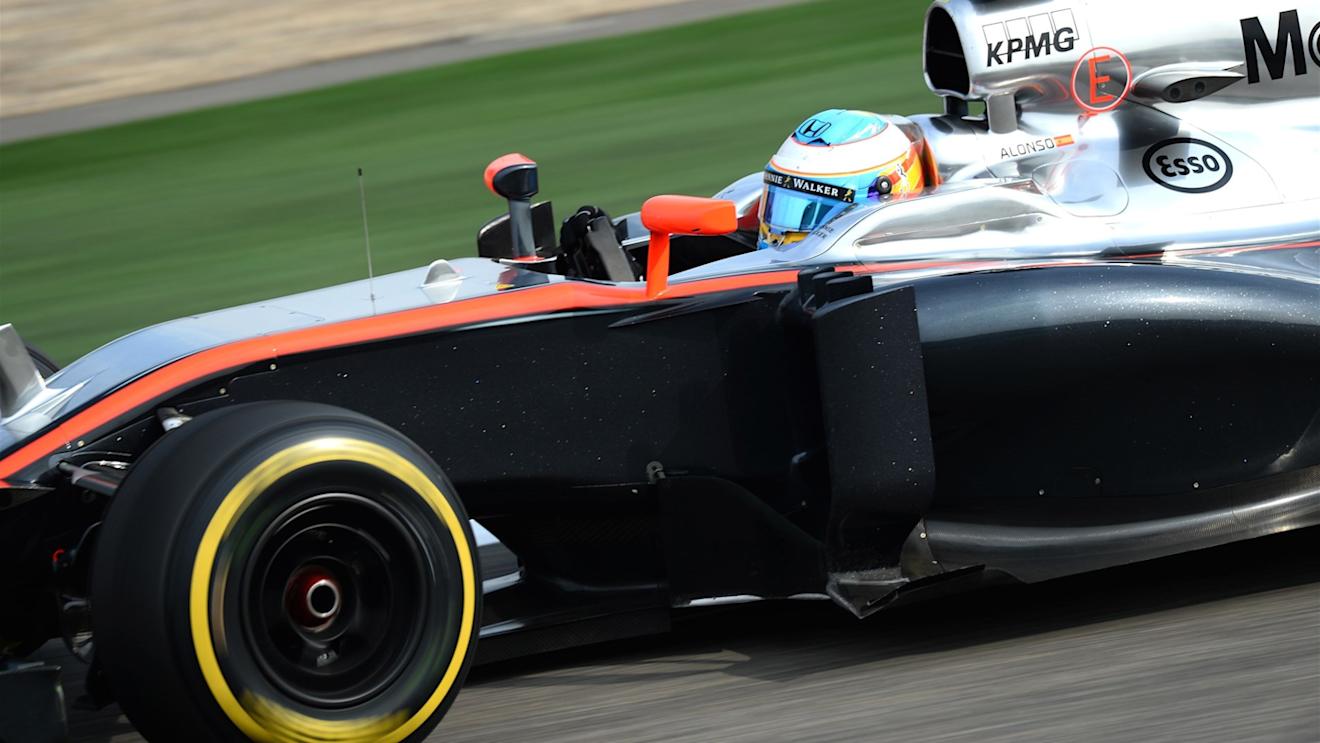

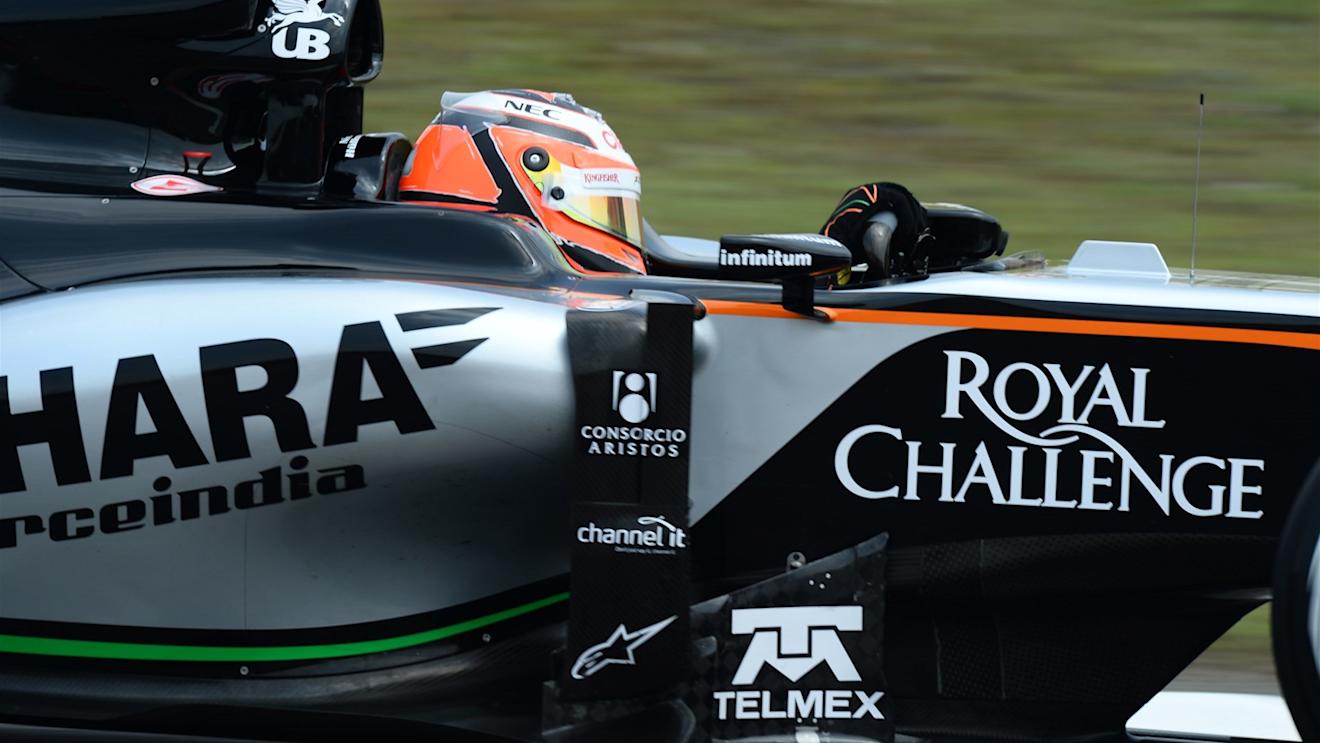
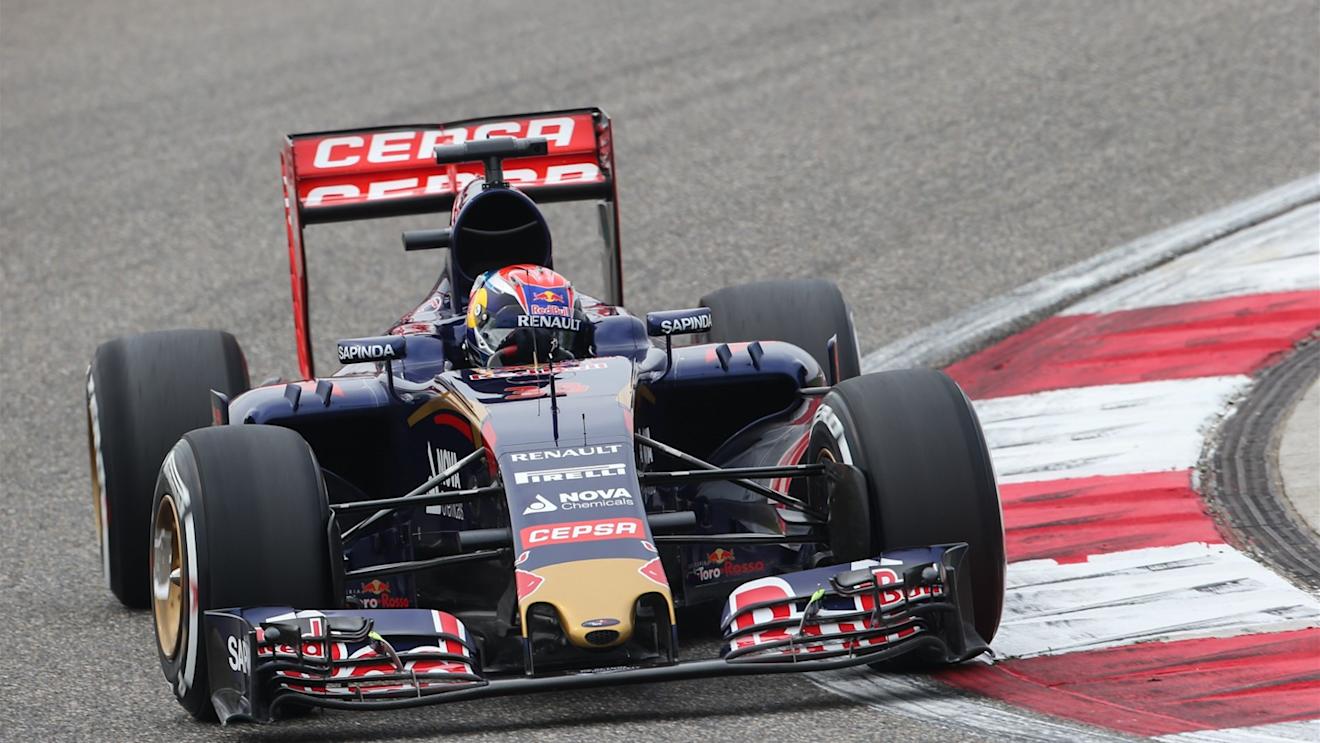
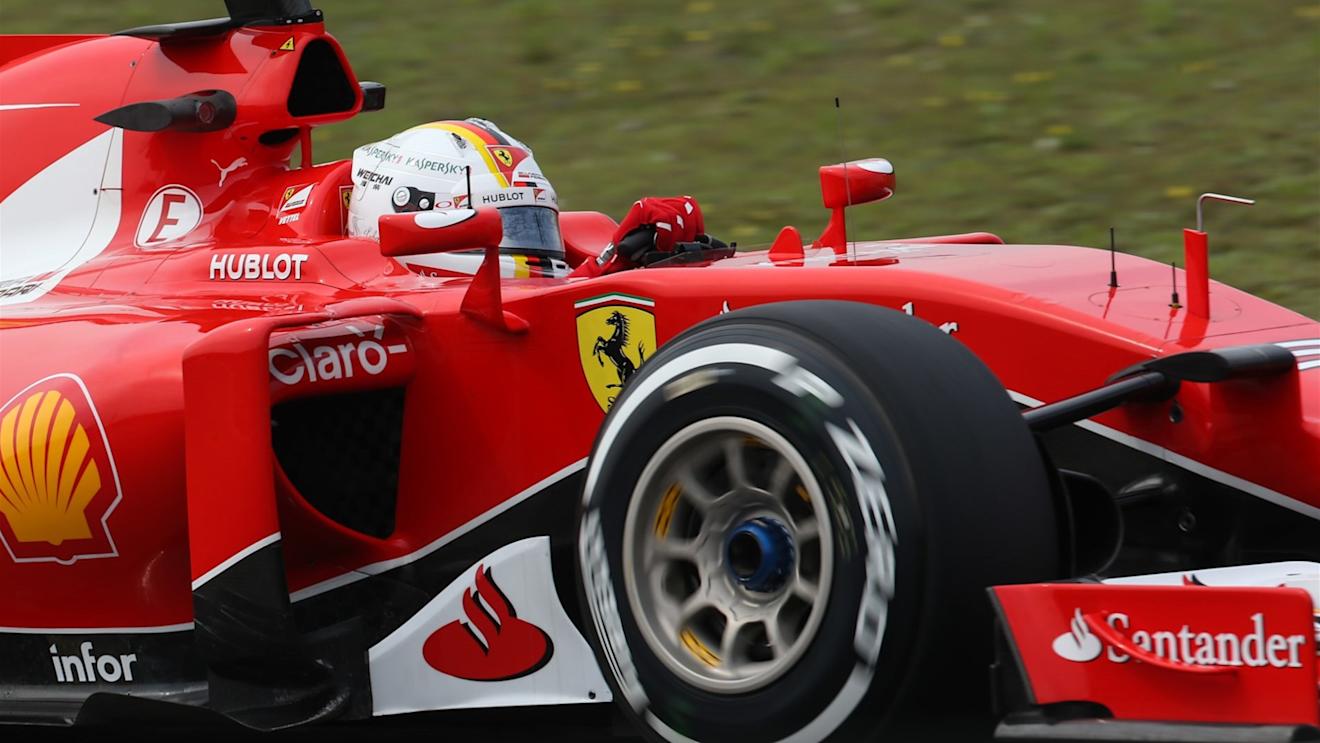
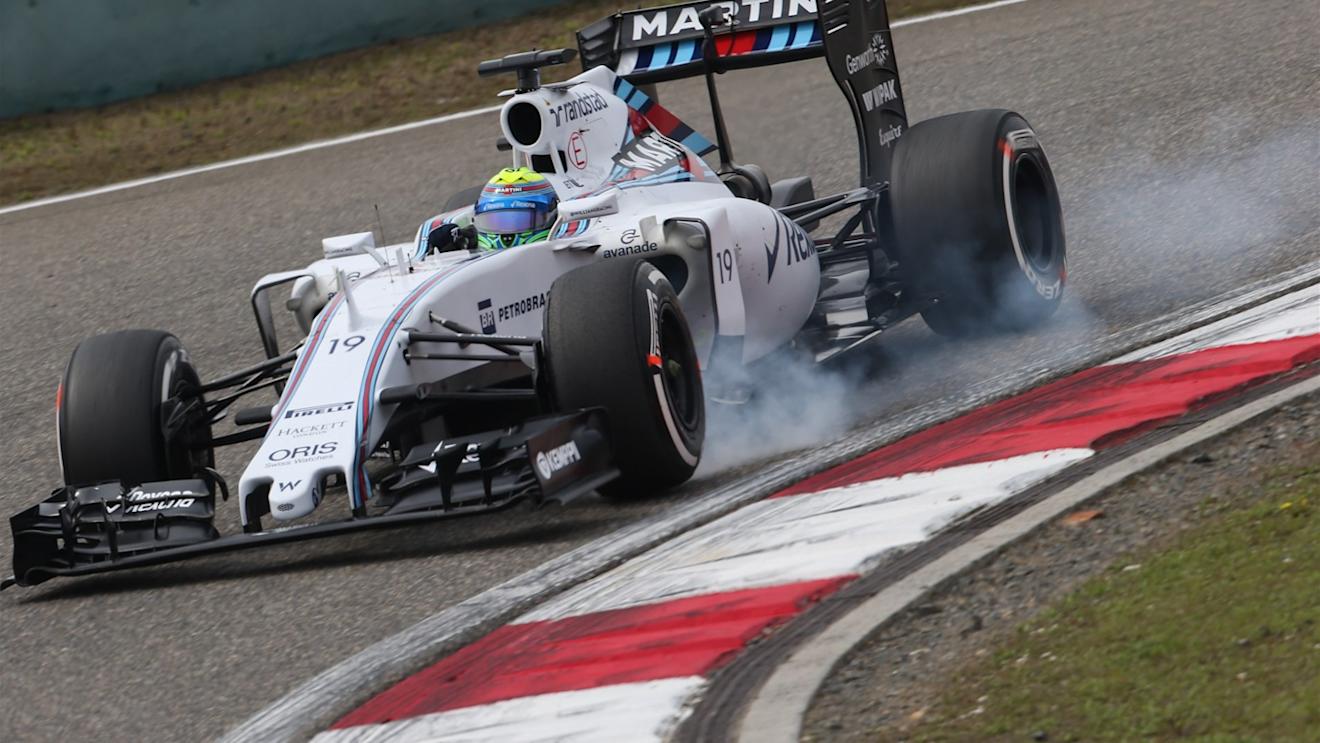
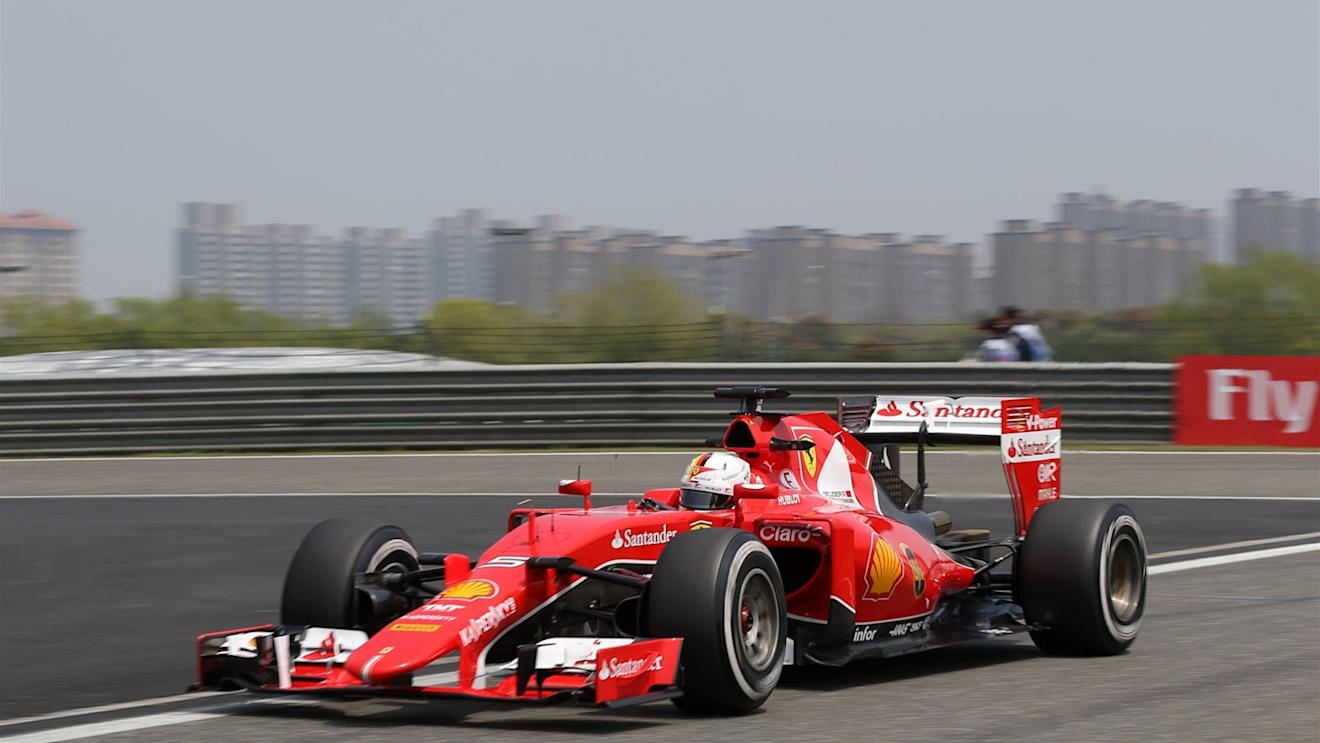
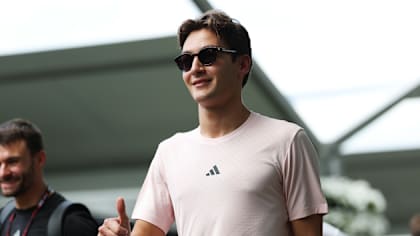

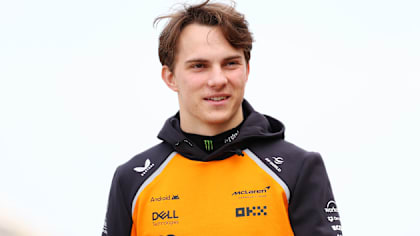
/Formula%201%20header%20templates%20-%202025-03-10T145915.218)